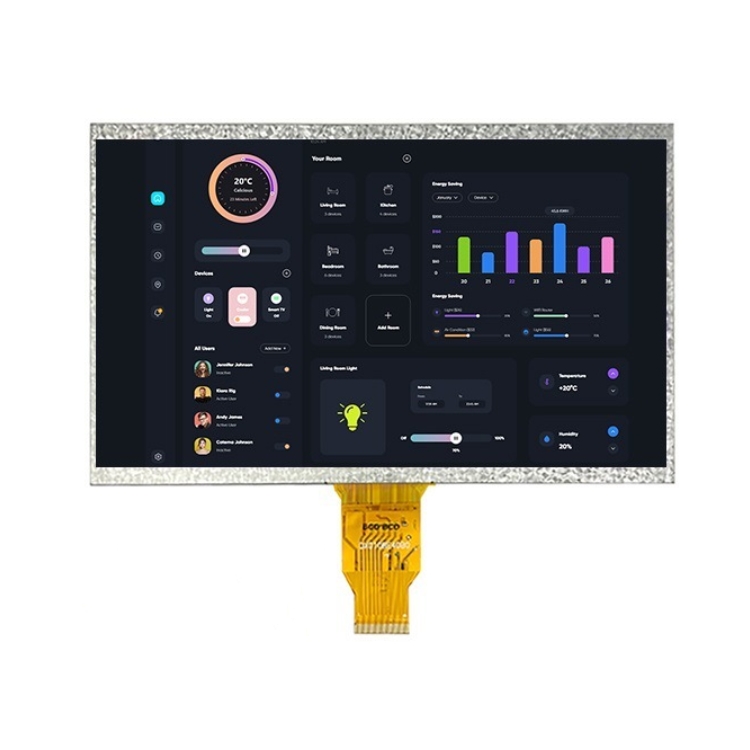Unraveling the Color Display of TFT LCD Modules: Components and Functionality
2024-05-31
TFT LCD Modules, or Thin-Film Transistor Liquid Crystal Display Modules, are ubiquitous in today's digital world, providing vibrant and clear color displays in various devices. Understanding how these modules achieve color display and the key components involved is crucial to appreciating their technological prowess. Let's delve into this fascinating topic.
Color Display Mechanism
TFT LCD Modules achieve color display through a combination of liquid crystal technology and color filters. Here's a step-by-step breakdown of the process:
Backlight Source: The TFT LCD Module utilizes a backlight source, typically a fluorescent tube or LEDs, to provide the initial light. This backlight ensures that the display is visible even in dim environments.
Polarizers: Light from the backlight passes through a series of polarizers. These polarizers filter the light, allowing only certain light waves to pass through. This step is crucial for controlling the orientation of light and enabling color display.
Liquid Crystal Layer: The filtered light then passes through the liquid crystal layer. Liquid crystals are molecules that can change their orientation when an electric field is applied. In a TFT LCD, the liquid crystals are sandwiched between two transparent electrodes. By applying a voltage to these electrodes, the orientation of the liquid crystals can be controlled, altering the amount of light that passes through.
Color Filters: After passing through the liquid crystal layer, the light encounters color filters. These filters are arranged in a pattern of red, green, and blue (RGB) pixels. Each pixel corresponds to a specific TFT and controls the brightness of that particular color. By adjusting the voltage applied to the TFTs, the brightness of each color can be varied, resulting in a wide range of colors.
Main Components
The TFT LCD Module comprises several key components that enable color display:
LCD Panel: This is the foundation of the display, containing the liquid crystal layer and electrodes. The LCD panel is responsible for modulating the light passing through the liquid crystal layer.
TFT Array: TFTs (Thin-Film Transistors) are arranged in an array pattern, controlling the individual pixels. Each TFT is associated with a specific pixel and acts as a switch, controlling the flow of current to that pixel.
Color Filters: As mentioned earlier, color filters are responsible for producing the various colors in the display. They are arranged in an RGB pattern, with each color filter corresponding to a specific pixel.
Backlight Source: The backlight source provides the initial light for the display. Without it, the display would be invisible.
Polarizers: Polarizers filter the light from the backlight, controlling its orientation and enabling color display.
In summary, TFT LCD Modules achieve color display through a combination of liquid crystal technology, color filters, and a backlight source. The key components involved are the LCD panel, TFT array, color filters, backlight source, and polarizers. These components work together to produce vibrant and clear color displays that we have come to expect in today's digital devices.



